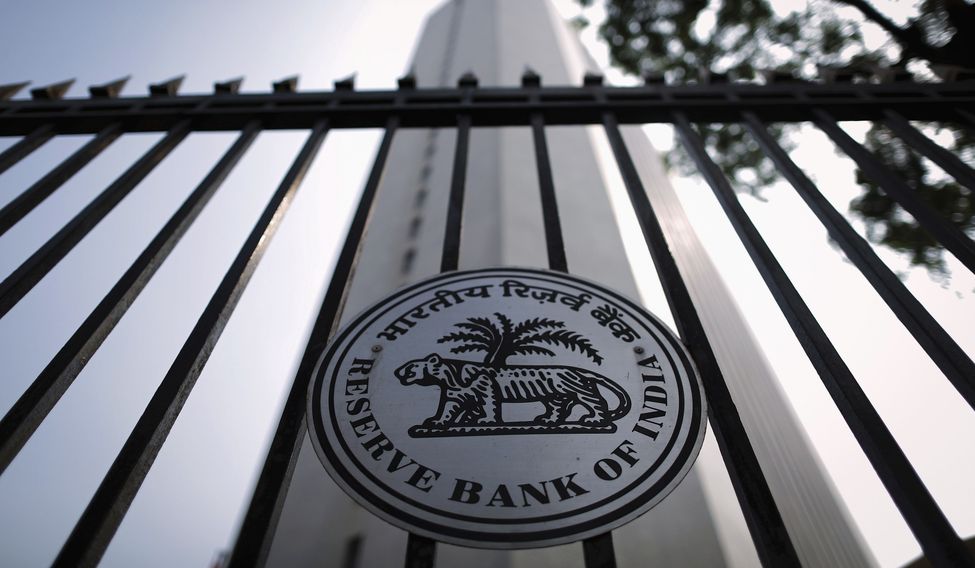The Reserve Bank of India seems to be stepping up its efforts to push banks to resolve the bad loan problem. The central bank this week issued a second list of defaulting companies, where banks must find a resolution or initiate proceedings under the Insolvency and Bankruptcy Code (IBC) through the National Company Law Tribunal (NCLT). It's a move which, market watchers say, will push banks and defaulters for speedier resolutions, although the outcome of the various cases will only be known in due course.
The second list comes just a couple of months after RBI had identified 12 accounts amounting to 25 per cent of total bad loans of banks.
The latest list includes at least 25 new names of defaulting companies, according to market sources. RBI has not made any official comments yet nor has the list been made public.
The 12 defaulters identified by RBI in the first list in June had included Bhushan Steel, Lanco Infra, Essar Steel, Alok Industries, Amtek Auto, Electrosteel Steels, Era Infra, Jaypee Infratech, ABG Shipyard, Bhushan Power and Steel, Monnet Ispat and Jyoti Structures.
Things have moved quickly since June and insolvency proceedings against 10 of these firms have so far been admitted in various benches of the NCLT.
Earlier this month, the Ahmedabad bench of the NCLT approved initiating bankruptcy proceedings against Essar Steel. The company owed banks close to Rs 45,000 crore, of which around Rs 31,670 crore was non-performing as of March 31, 2016.
Elsewhere, the Allahabad bench of the NCLT admitted insolvency proceedings against Jaypee Infratech, which had a debt of close to Rs 7,900 crore.
RBI stepping on the gas for NPA resolutions comes at a time balance sheets of India's lenders, both state-owned and private, remain stretched with bad loans in excess of Rs 8 lakh crore.
In the first quarter, NPAs across 38 banks jumped 34.2 per cent year-on-year to Rs 8.29 lakh crore, from Rs 6.18 lakh crore, a year ago. The NPA ratio increased to 10.21 per cent in June, which was the highest in the past six quarters.
"The performance of banks with respect to NPAs has not been too positive of late. While it was largely expected that the NPA ratios would have settled by March 2017 as there were indications of stabilisation relative to December 2017, the picture emerging for Q1 FY18 is that the NPAs have deteriorated further for the system as whole," said Madan Sabnavis, chief economist at Care Ratings.
The internal advisory committee of RBI had recommended that those accounts with outstanding amounts in excess of Rs 5,000 crore, with 60 per cent or more classified as non-performing by banks as of March 31, 2016, should be considered for resolution under the Insolvency and Bankruptcy Code.
With regards to other non-performing accounts, banks were advised to finalise a resolution plan within six months and in cases where a viable resolution plan was not agreed upon within the stipulated six months, banks should then file insolvency proceedings under the IBC.
Banks may get time till December to find a resolution for the latest list of defaulting companies, or then initiate proceedings under IBC, say sources.
Even as banks and RBI step up their efforts to resolve NPAs, experts see stress only rising this year.
Apart from large corporates, with trouble now also being reported from farm loans and medium and small enterprise segment, ratings agency Icra expects banks' gross NPAs to jump to as much as Rs 9 lakh crore or 10.2 per cent by the end of March 2018.
With recoveries continuing to be weak, credit growth is also expected to be slow, around 7-8 per cent this year, it said on Thursday.
Due to rising NPAs, banks have had to increase their provisioning against such bad loans, which in turn hurts their profitability. This may also force the government to recapitalise the stressed public sector banks further.
Banks can only get out of this vicious circle by addressing the NPA issues, say experts
"Once we solve the NPA issue, it will open up the door to faster credit expansion. If this is done, this problem of twin balance sheet issue (over leveraged companies and higher NPAs at banks) will get addressed as a result," Arvind Panagariya, who recently resigned as the vice-chairman of Niti Aayog, had said earlier this month.
Banks will have to incur some losses on some of the stressed assets, even as they are taken up for speedy resolution under the IBC, governor Urjit Patel had said earlier this month.
"The success and credibility of all the resolution efforts would be critically contingent on the strength of public sector bank balance sheets to absorb the costs. It is clear that PSBs will need to take haircuts on current exposures under any resolution plan agreed within or outside the IBC," said Patel.






